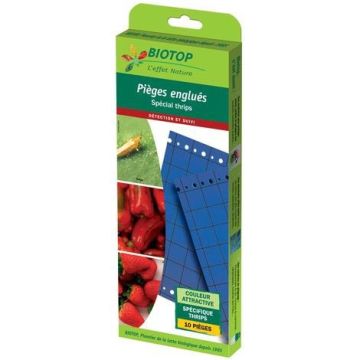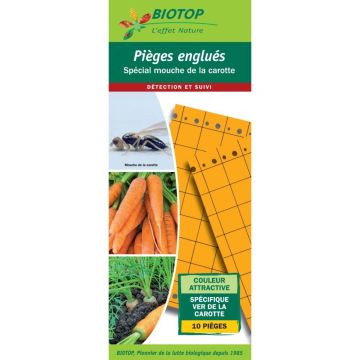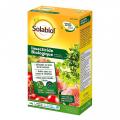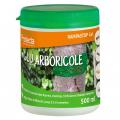Insect traps and pheromones
Does this plant fit my garden? Set up your Plantfit profile →
Some insects can cause problems in the garden: carrot flies, caterpillars, thrips, click beetles, leaf miners, codling moths or fruit flies.
We offer various solutions for these problems. Coloured sticky traps provide an effective and eco-friendly solution against flies attacking vegetables in the Apiaceae family (carrots, parsnips, parsley...). These are chromatic traps: adults are attracted to the orange colour of the traps and are captured by the glue. These traps are environmentally friendly devices, free of pesticides, that work purely mechanically by trapping flying insects that lay eggs in the roots, fruits, or under the leaves of plants.
Processionary caterpillars are a real problem for pine trees. Pine processionary traps are simple but effective: a collar that perfectly fits the trunk of the tree blocks the passage of the caterpillars during their descent. The caterpillars fall into a chute that leads them directly into a collection bag where they are trapped and easy to destroy.
Pheromone traps exist for various insects: thrips, click beetles, tomato leaf miner, horse chestnut leaf miner, codling moths, wood-boring beetles... The functioning is always the same: capsules soaked in synthetic pheromones that mimic the signals emitted by females in the reproductive phase attract males that are then trapped and can no longer reproduce. These are environmentally friendly biological control devices to be used instead of pesticides.
Haven't found what you were looking for?









































